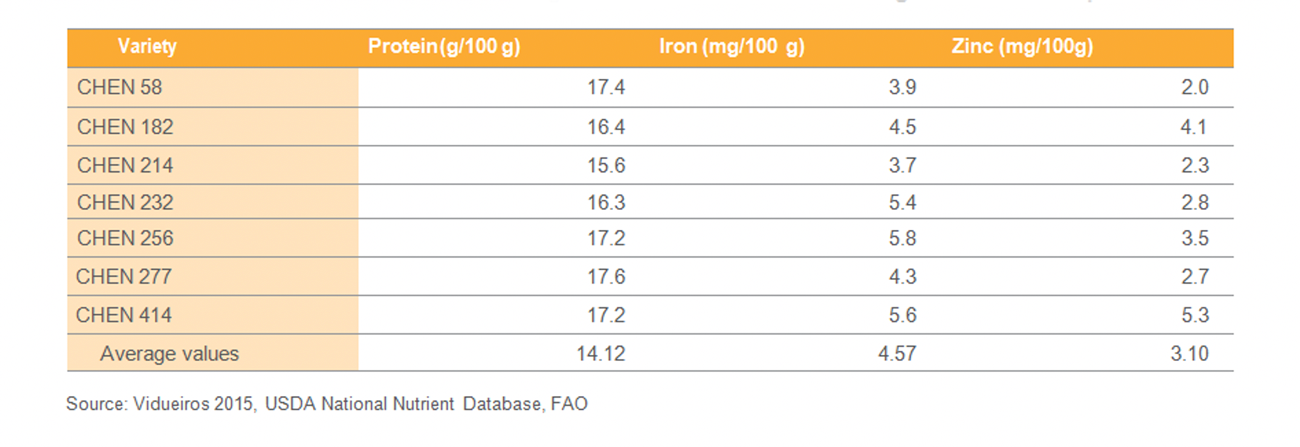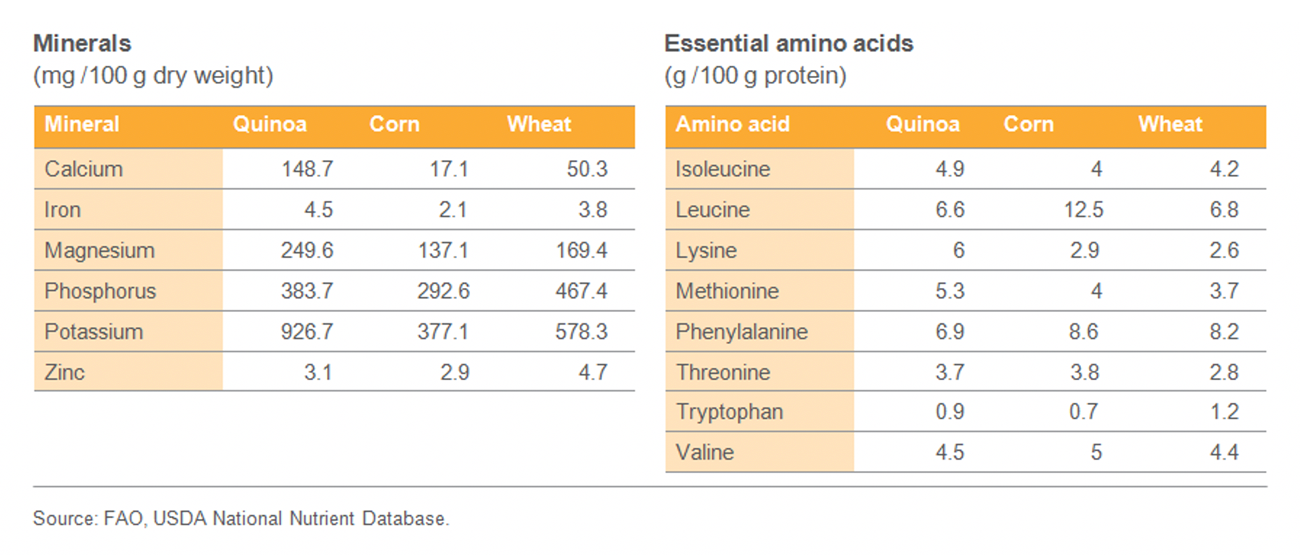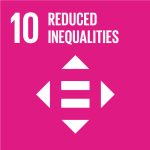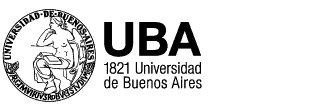In Search (and to the Rescue) of Argentine Native Quinoa
In Northwestern Argentina (NOA), the cultivation of quinoa was abandoned after the Spanish conquest. Until 15 years ago, no native quinoa materials were believed to exist in Argentina. A project by local researchers proved this belief was wrong.
Context of the story
NOA quinoa has been cultivated for thousands of years; its existence, however, was ignored even by scientific atlases. Moreover, no germplasm of native quinoa had been conserved.
Still, a few NOA Native People farmers continued growing varieties inherited from their ancestors.
Some researchers collected these germplasms between 1970 and 1990, but inadequate maintenance led to their loss.
Meanwhile, the importation of commercial seeds increased the risk that Peruvian and Bolivian varieties would supersede NOA quinoa.
Studying the local biodiversity became imperative.
Rediscovering and Treasuring an Ancient Food
The implemented initiative
As of 2001, the School of Agronomy of the University of Buenos Aires (FAUBA) coordinated a project that identified, profiled, conserved and highlighted the value of native quinoa.
The project was supported by academic councils and public organizations and funded by the World Bank.
The researchers collected genetic material from 92 varieties to be conserved in germplasm banks.
For the first time in Argentina and Latin America, a study would attempt to gauge the nutritional variability in quinoa.
Profiling NOA Quinoa for its Preservation
The technological solution
In the first stage, the team assessed and confirmed the possibility of recovering quinoa production using local genetic material.
Then, FAUBA collected and profiled native varieties from a vast territory with a great diversity of climates.
34 varieties were profiled using the descriptors for quinoa supplied by Bioversity International; in addition, together with farmers, the team assessed 12 native varieties in three contrasting environments to evaluate their agronomic performance.
At the same time, microsatellite markers were used on 35 varieties to determine the genetic profiles in the collection.
In 2015, studying 21 varieties selected from a wide range of environments, researchers observed quinoa’s wide range of variability and found that NOA varieties possess a nutritional value comparable to that of leading varieties.
Finally, multivariate analysis was used to identify genetic patterns that make it possible to develop foods with specific nutritional profiles.
“For hundreds of years, this grain was neglected. Today, although we still grow other Andean crops, native quinoa has been given its place."
Participating countries
Type of project
Results
92 native quinoa cultivars from NOA are conserved in INTA’s National Germplasm Bank in Buenos Aires.
Materials with high levels of nutrients and good agronomic traits were sent to genetic improvement programs for the development of new varieties.
The team trained researchers, technicians and farmers; promoted use, and educated consumers on the importance of native varieties.
The scenario changed from a few scattered plantations with scarcely any crops in 2006 to almost 100 productive family units covering 1,245 cultivated ha.
Cultivation for culinary purposes was expanded, thus increasing the availability of quinoa for the local population.
Relevant data
Nutrients in native varieties of the Argentina Northwest versus avarage values of the species

Quinoa vs. cereal grains

Participating Organizations
Project Information






 Argentina
Argentina